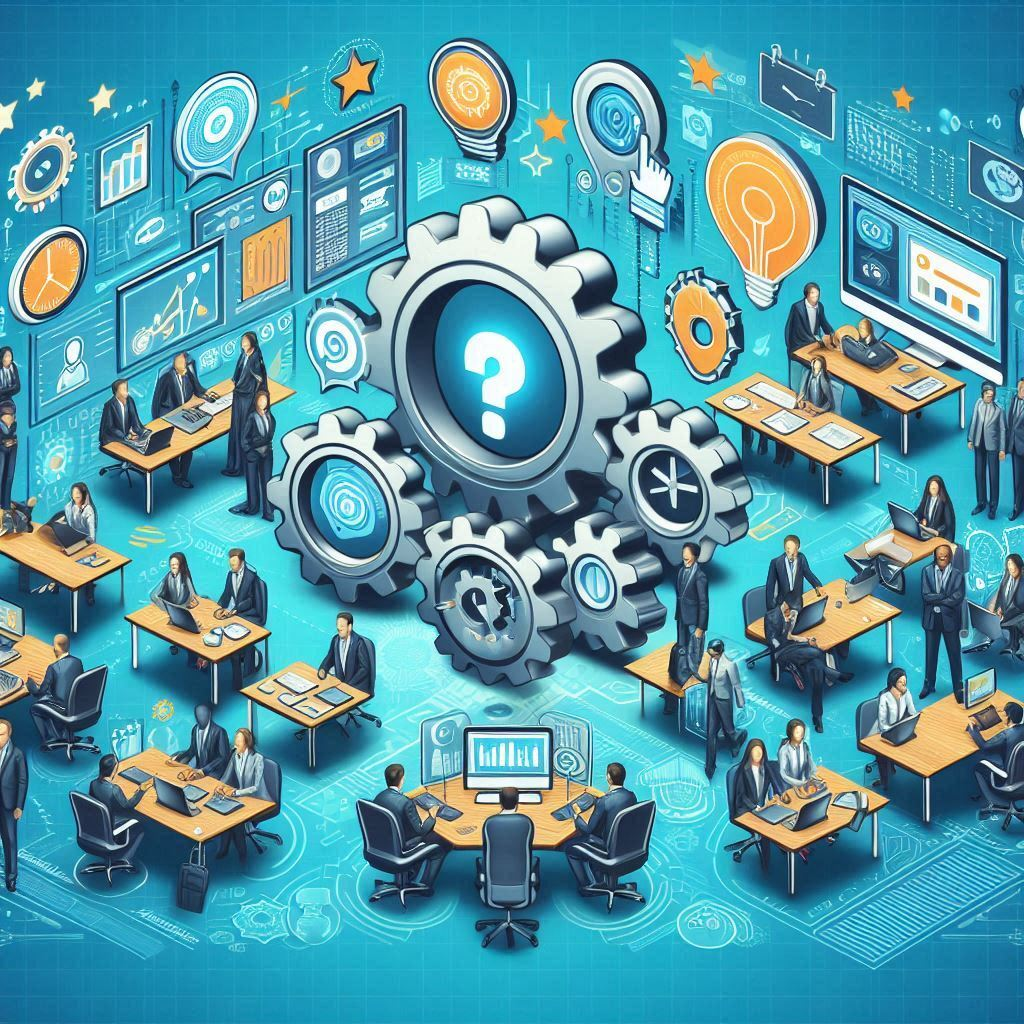
Implementing Effective Customer Service Strategies: A Guide to Building Lasting Relationships
In today’s competitive landscape, exceptional customer service is no longer a nice-to-have, it’s a necessity. It’s the key to building brand loyalty, driving repeat business, and ultimately, achieving sustainable success. This guide will delve into the practical strategies and best practices for implementing effective customer service that truly delights your customers.
1. Define Your Customer Service Philosophy
Before diving into specific strategies, it’s crucial to establish a clear and concise customer service philosophy. This acts as your guiding principle, shaping your approach to every interaction. Consider these questions:
- What values do you want to embody in your customer service? (e.g., empathy, responsiveness, helpfulness, transparency)
- What are your customer service goals? (e.g., increase customer satisfaction, reduce churn rate, enhance brand reputation)
- What are your customers’ expectations? (e.g., prompt responses, personalized solutions, easy access to information)
Example: “Our customer service philosophy is centered on providing a personalized and empathetic experience that goes above and beyond to meet our customers’ needs. We strive to resolve issues quickly and efficiently, ensuring their satisfaction and loyalty.”
2. Empower Your Team with the Right Tools and Training
Investing in your team is crucial for delivering exceptional service. This includes providing the necessary tools and training to equip them for success:
- Customer Relationship Management (CRM) System: A CRM system centralizes customer data, tracks interactions, and streamlines communication.
- Knowledge Base: Create a comprehensive knowledge base with answers to frequently asked questions, troubleshooting guides, and product information. This empowers your team to quickly resolve issues and provide accurate information.
- Training Programs: Invest in ongoing training programs to develop your team’s customer service skills. This could include communication skills, conflict resolution, product knowledge, and empathy training.
Tip: Regularly assess your team’s performance and provide constructive feedback to foster continuous improvement.
3. Build a Culture of Customer-Centricity
Customer service isn’t just a department, it’s a company-wide commitment. Cultivate a culture where every employee feels empowered and responsible for delivering exceptional customer experiences.
- Lead by Example: Senior leaders should demonstrate a genuine commitment to customer service by actively engaging with customers and championing their needs.
- Encourage Feedback: Create a culture where feedback is valued and actively sought. This could include customer surveys, feedback forms, and open communication channels.
- Recognize and Reward Excellence: Acknowledge and reward employees who consistently deliver outstanding customer service. This reinforces positive behaviors and motivates others to strive for excellence.
4. Embrace Omnichannel Communication
Customers interact with your brand through multiple channels. To deliver a seamless experience, embrace an omnichannel approach:
- Live Chat: Offer real-time support through live chat on your website.
- Email: Provide a dedicated customer support email address for inquiries and issues.
- Phone: Maintain a readily accessible phone line for immediate assistance.
- Social Media: Monitor social media platforms for customer inquiries and engage in conversations.
- Messaging Apps: Integrate with popular messaging apps like WhatsApp or Facebook Messenger for convenient communication.
Key Principle: Ensure consistency across all channels. Customers should receive the same level of service regardless of how they choose to interact with your brand.
5. Personalize the Customer Experience
Personalization is key to building stronger customer relationships. Leverage customer data to provide tailored interactions:
- Welcome Emails: Send personalized welcome emails to new customers.
- Product Recommendations: Offer personalized product recommendations based on past purchases or browsing history.
- Targeted Promotions: Send targeted promotions based on customer preferences and interests.
- Proactive Support: Reach out to customers proactively to address potential issues or offer assistance.
Tip: Use a CRM system to track customer interactions and preferences, enabling personalized communication.
6. Measure and Track Your Success
Continuously monitor your customer service performance to identify areas for improvement. Key metrics to track include:
- Customer Satisfaction (CSAT): Measure customer satisfaction with specific interactions or experiences.
- Net Promoter Score (NPS): Gauge customer loyalty and willingness to recommend your brand.
- First Contact Resolution (FCR): Track the percentage of issues resolved on the first contact.
- Average Handle Time (AHT): Measure the average time spent resolving customer issues.
- Customer Churn Rate: Track the rate at which customers stop doing business with you.
Tip: Regularly analyze your data to identify trends and areas for improvement.
7. Embrace Continuous Improvement
Customer service is an ongoing journey. Stay informed about industry best practices, emerging technologies, and evolving customer expectations.
- Attend industry events and conferences.
- Read articles and blogs on customer service trends.
- Seek feedback from your customers and employees.
- Experiment with new tools and strategies.
By embracing continuous improvement, you can ensure your customer service strategies remain relevant and effective.
Conclusion
Implementing effective customer service strategies is a crucial investment in your business’s success. By focusing on building strong customer relationships, fostering a culture of customer-centricity, and continuously striving for improvement, you can create a loyal customer base that drives growth and ensures long-term sustainability. Remember, happy customers are the foundation of a thriving business.



